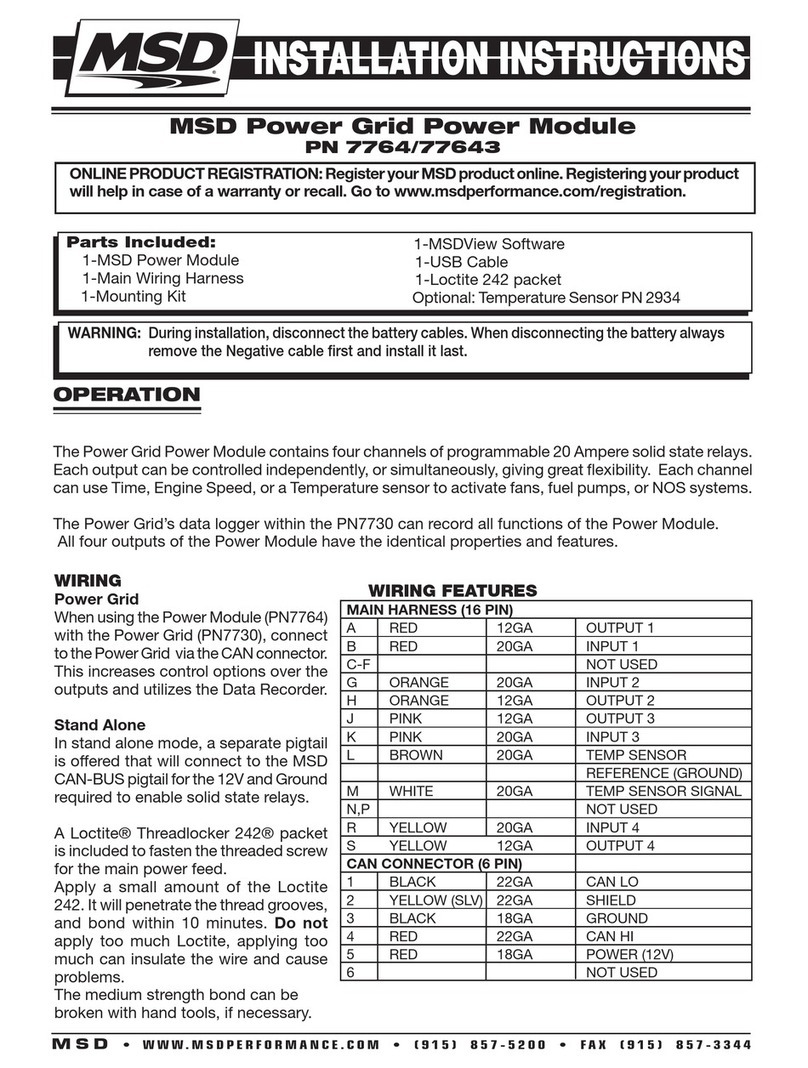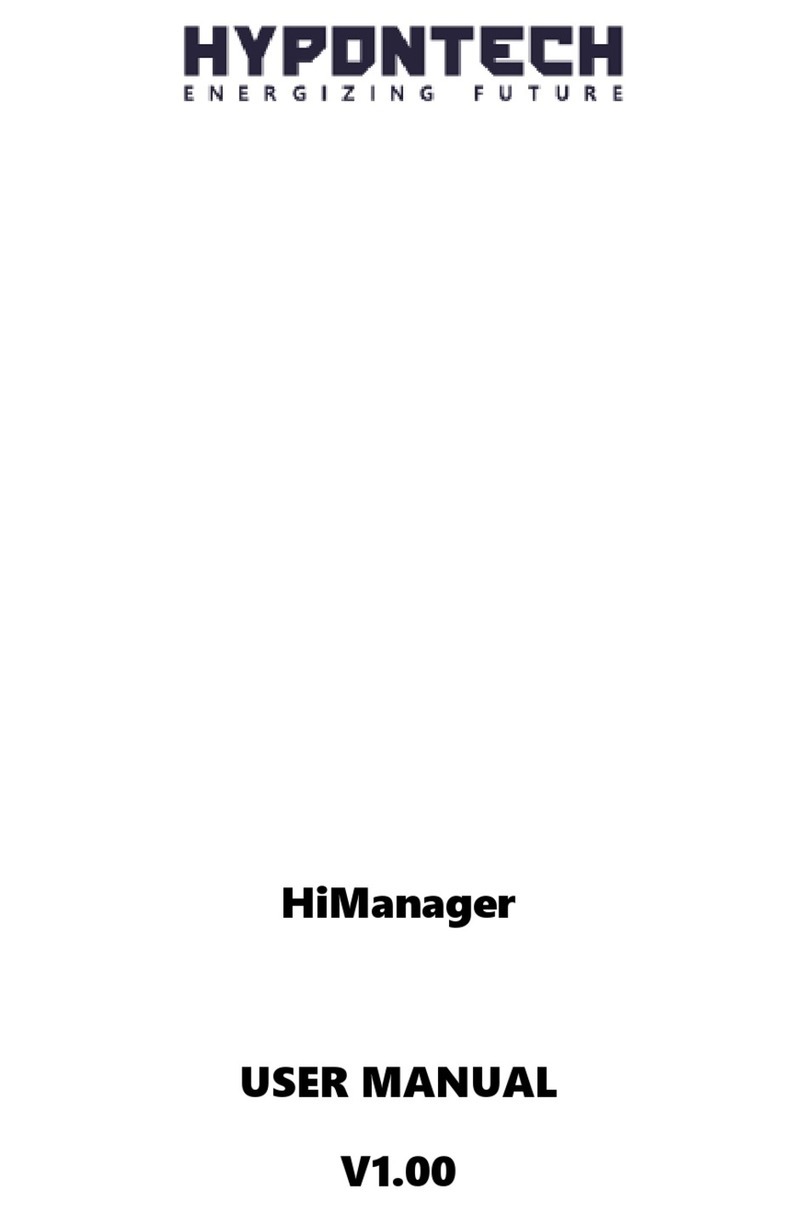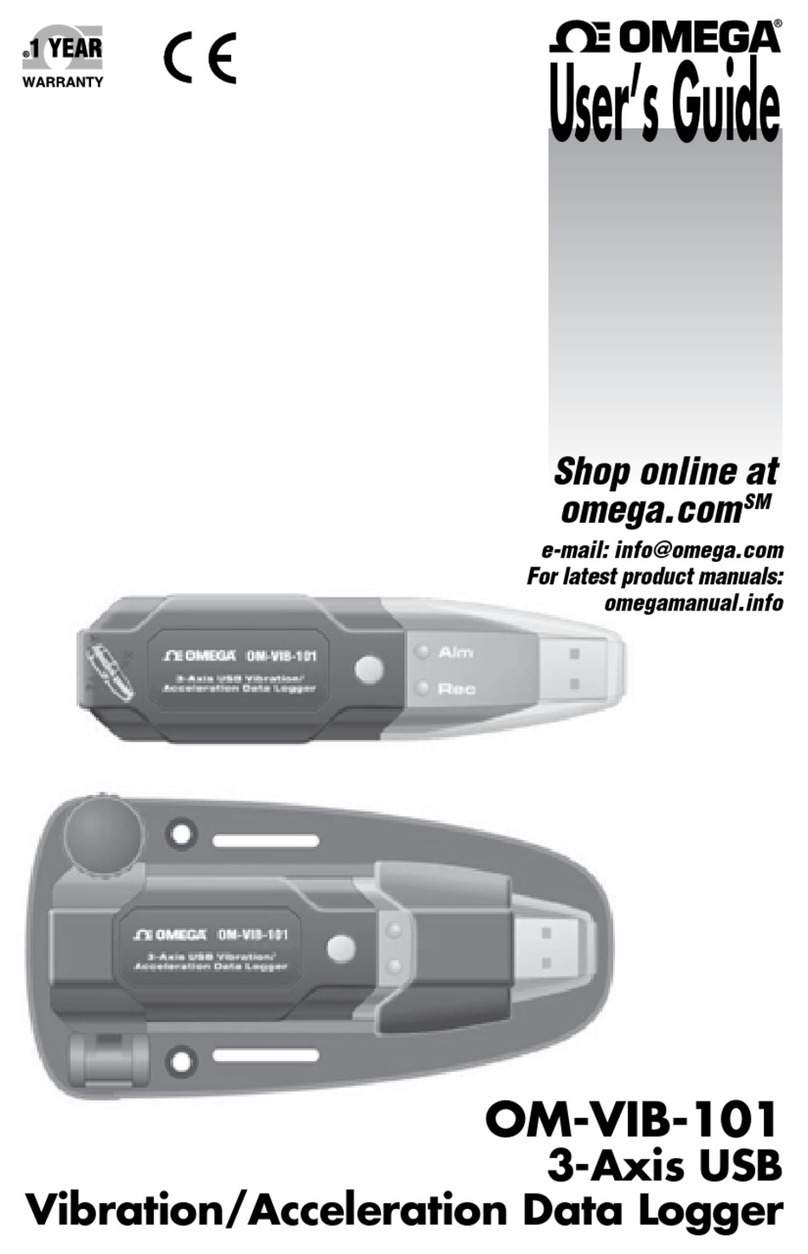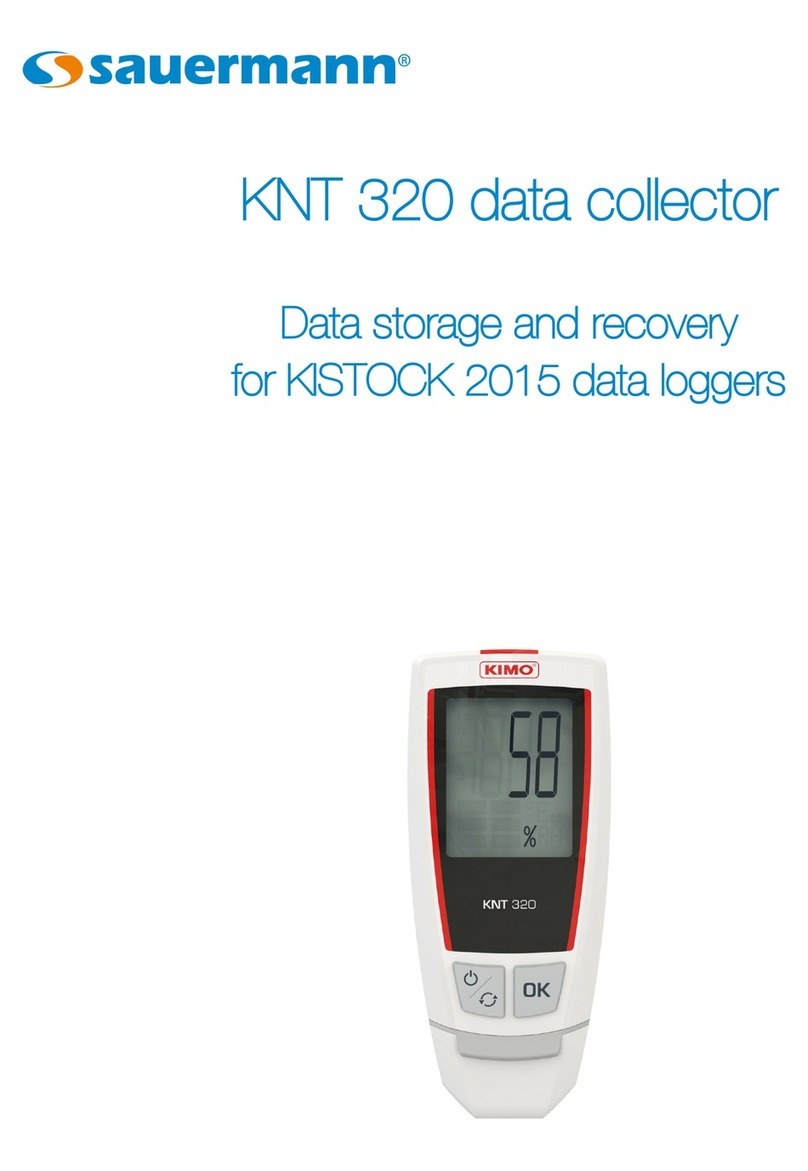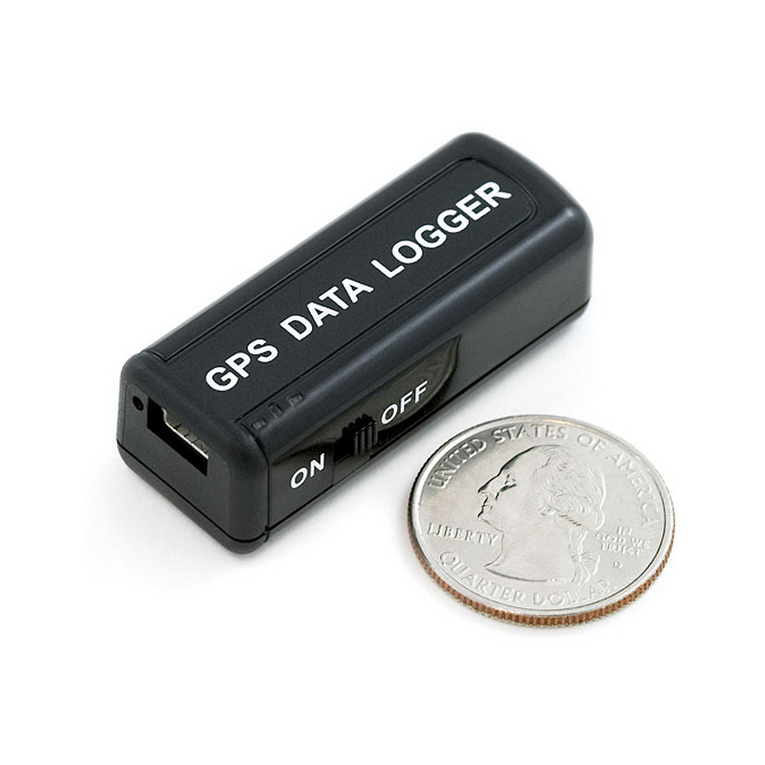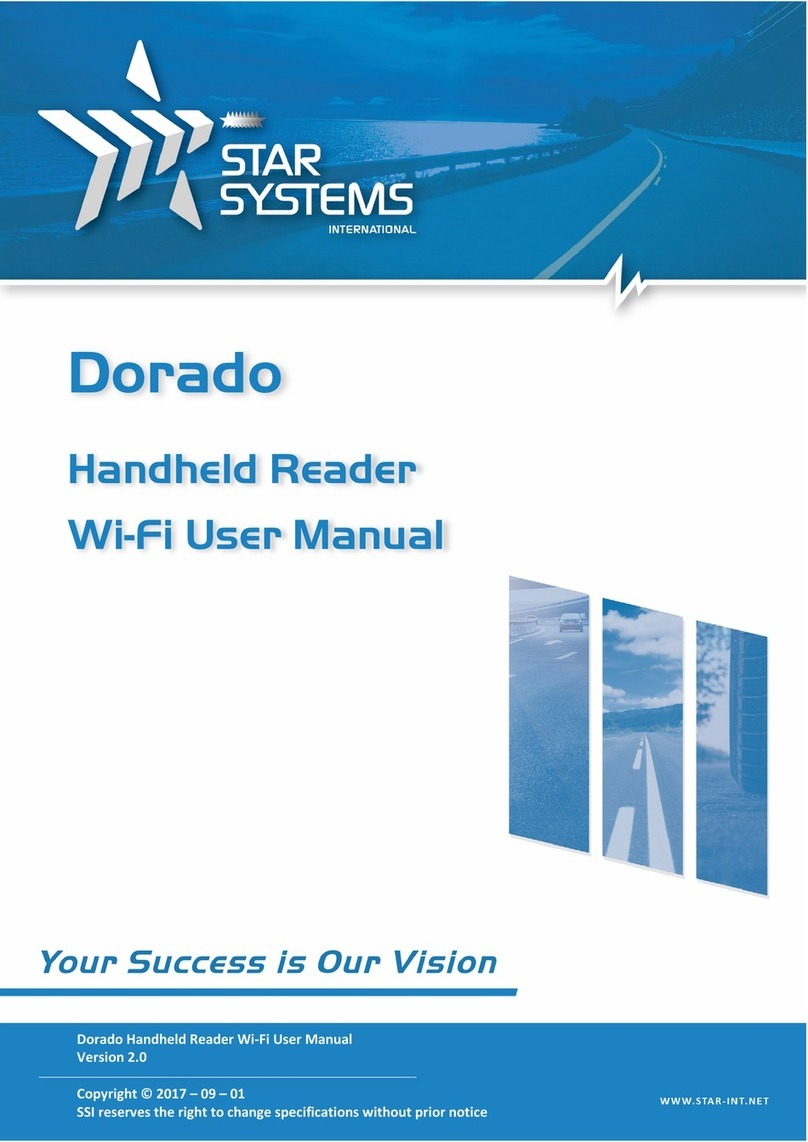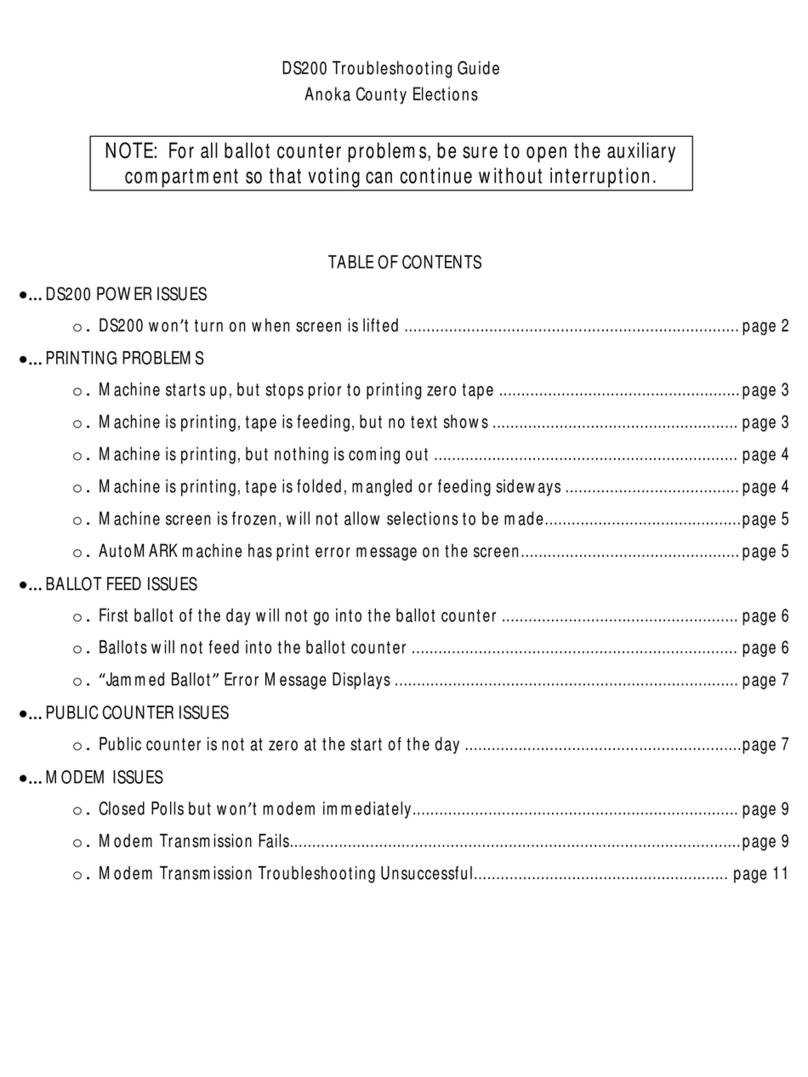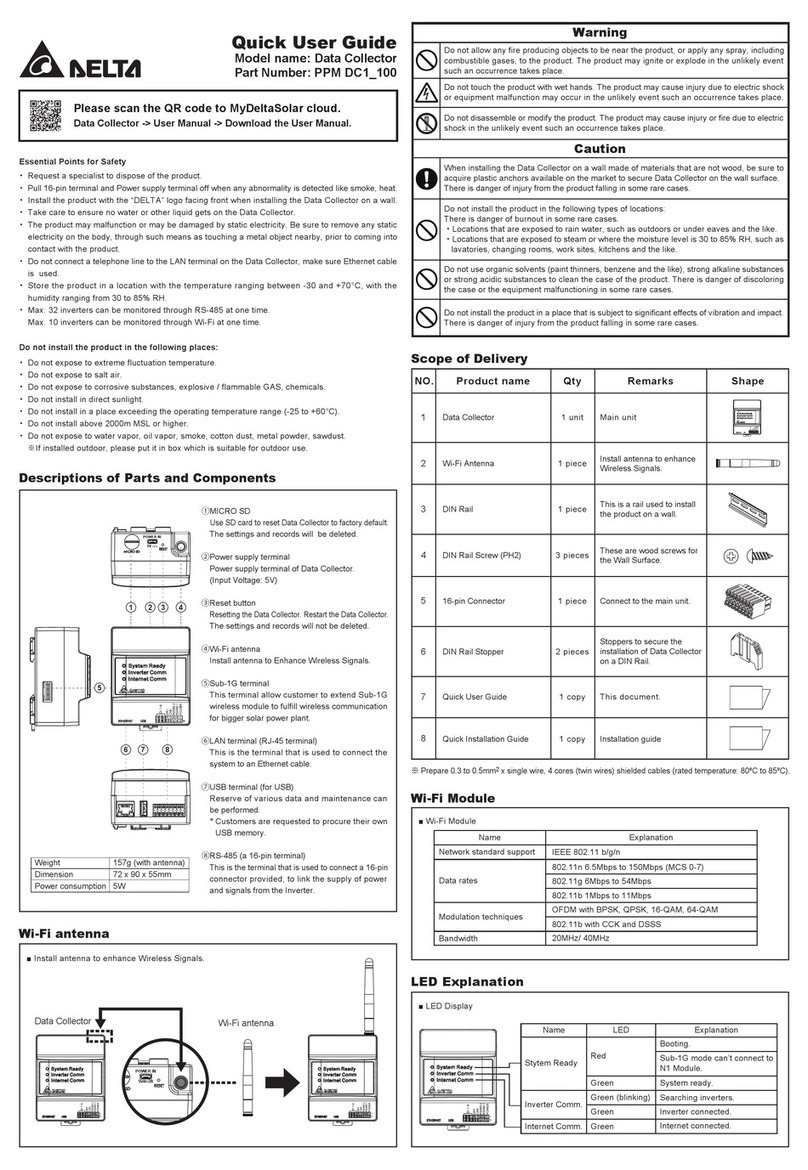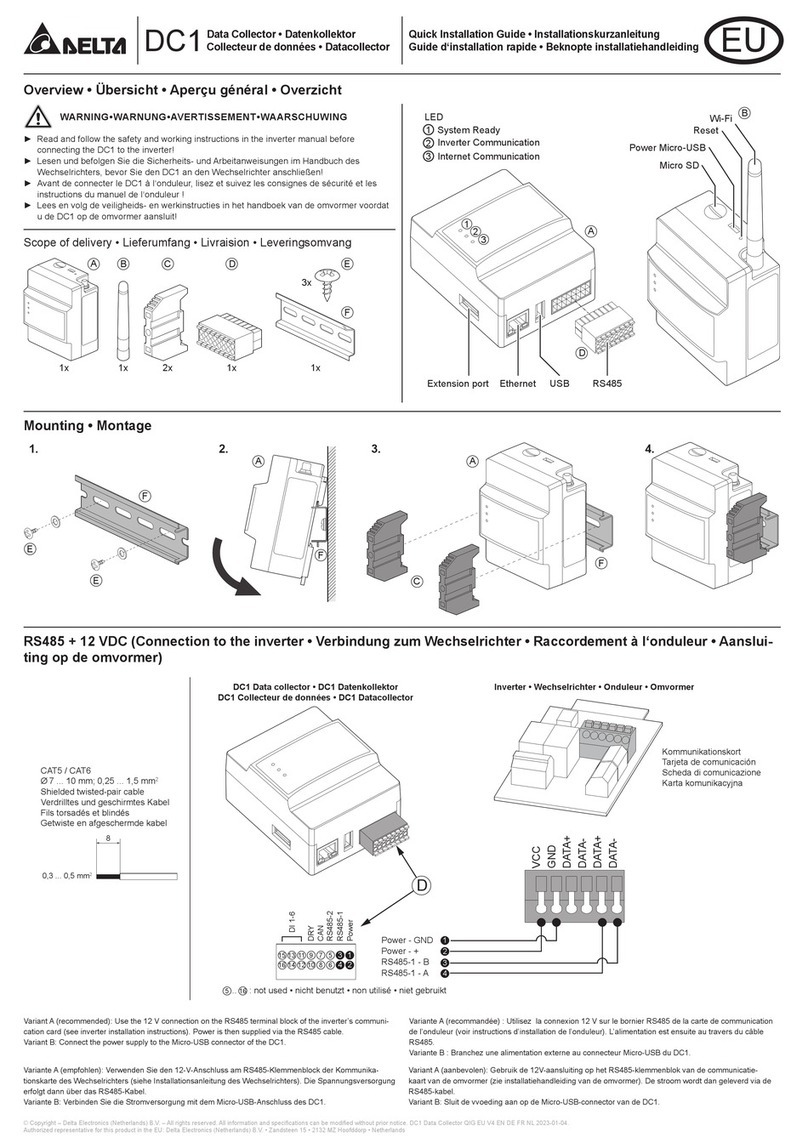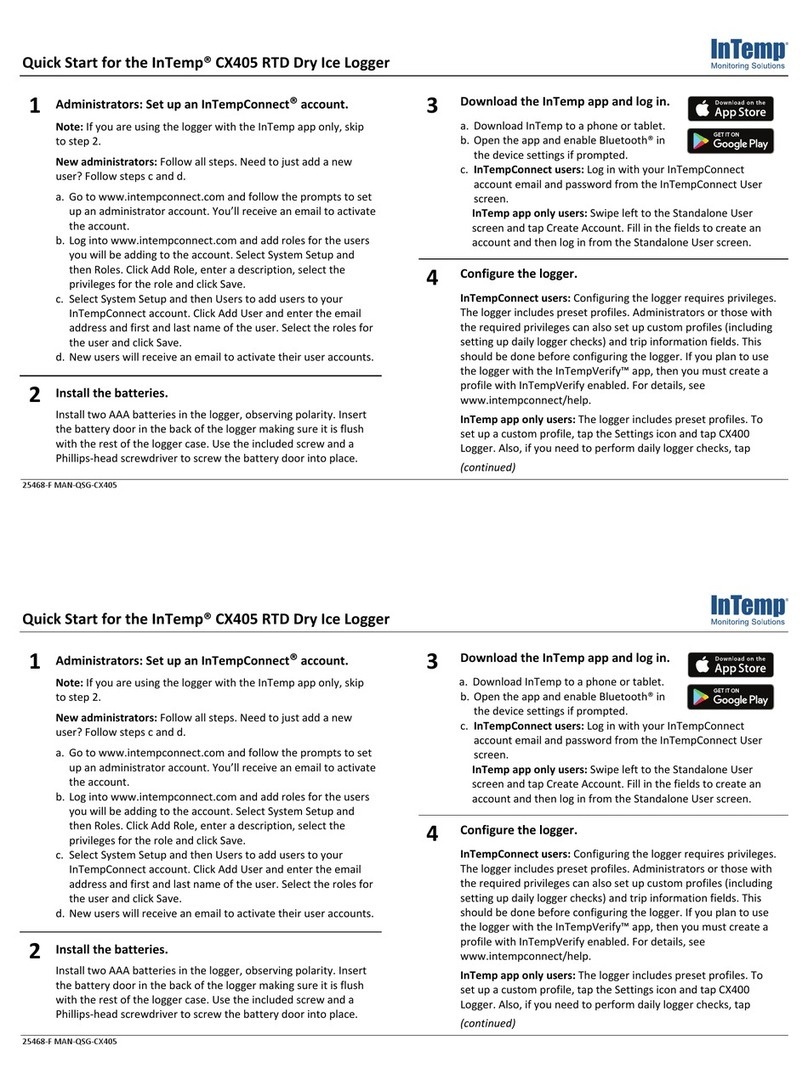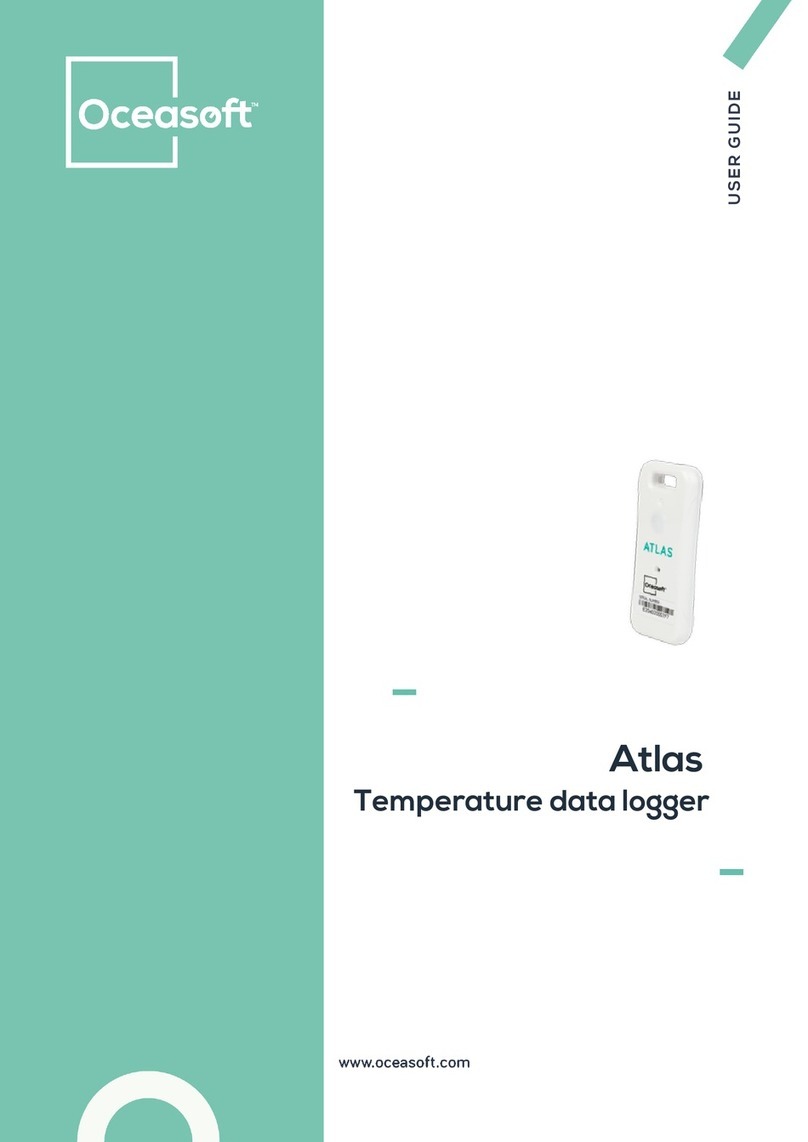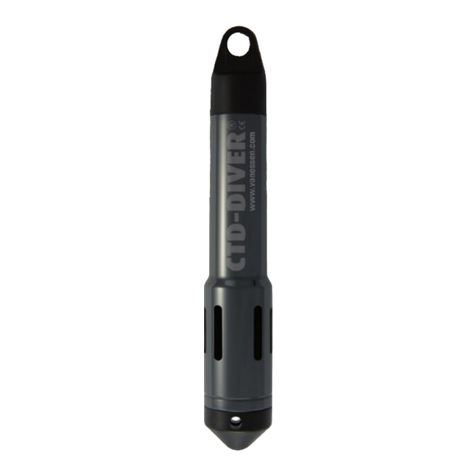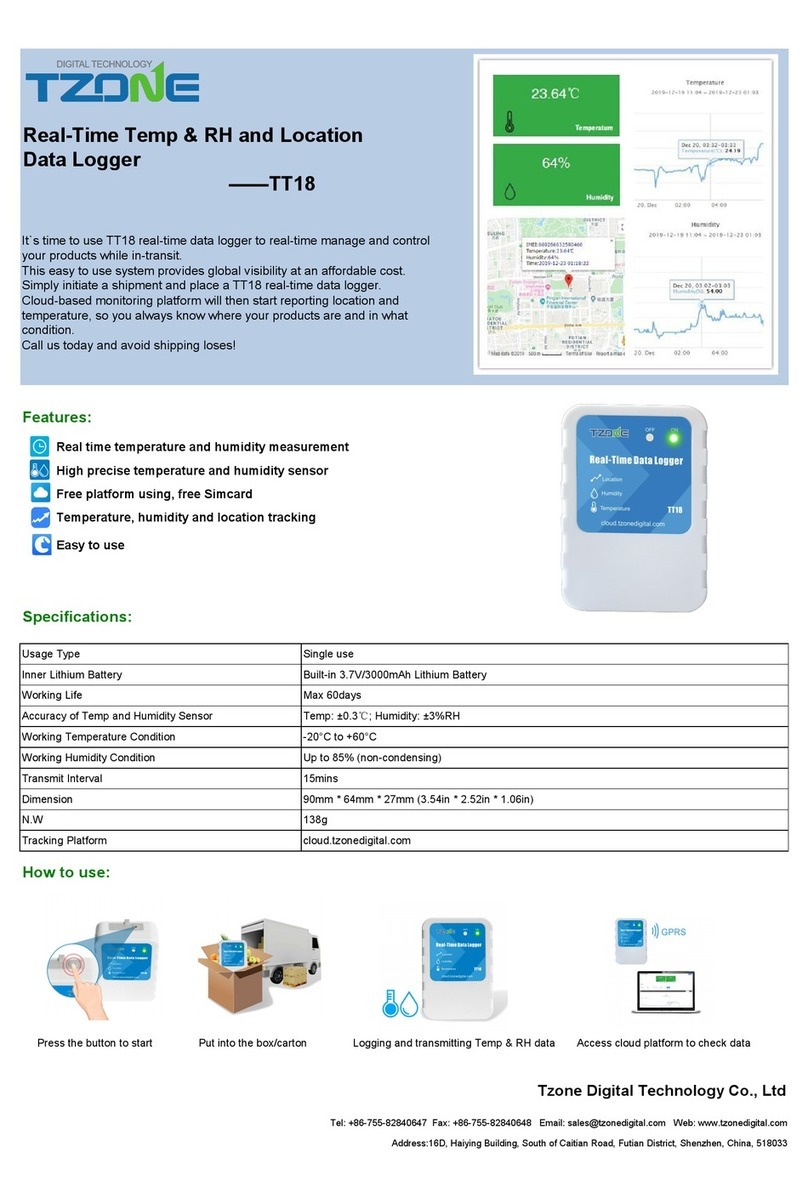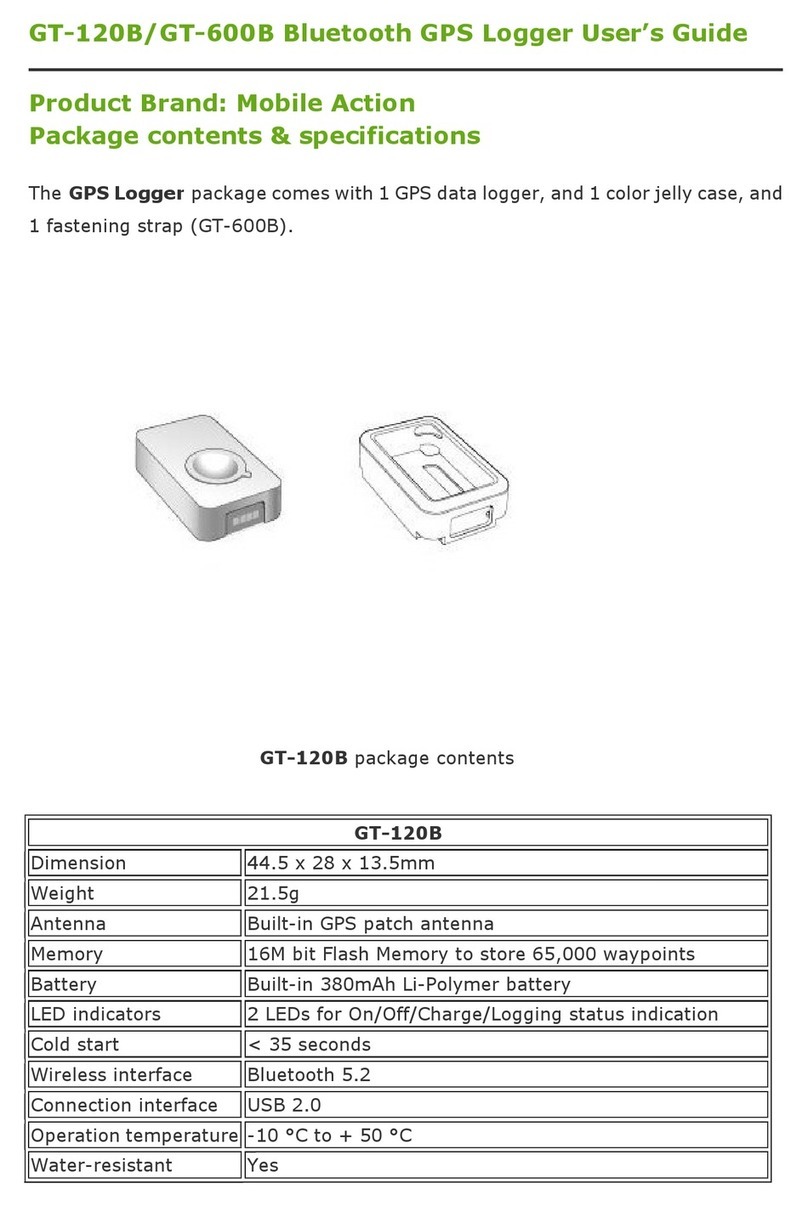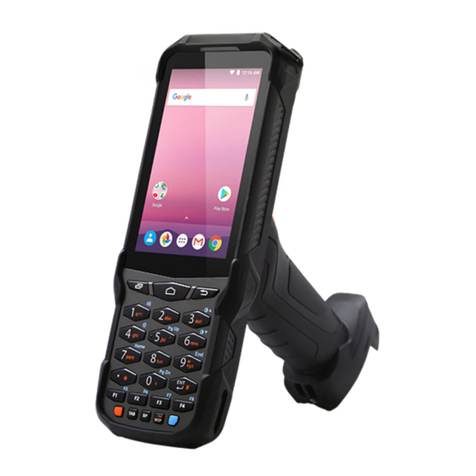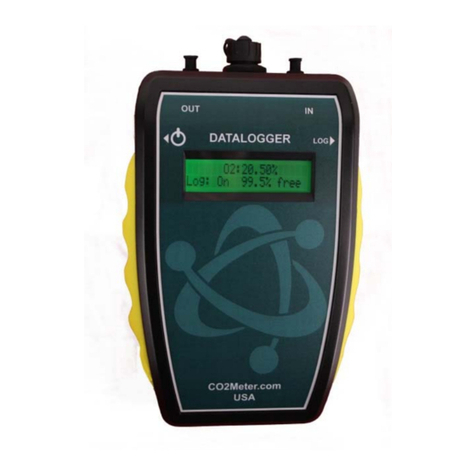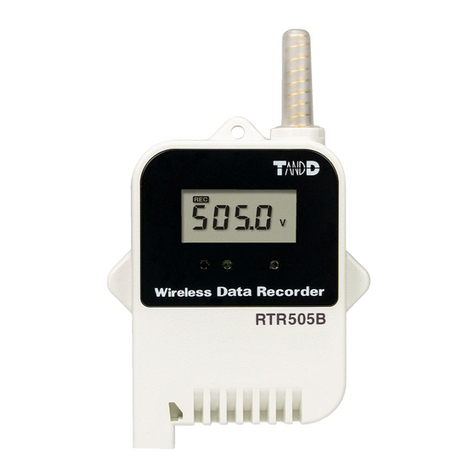HT Instruments XL421 User manual

Copyright HT ITALIA 2021 Release EN 2.01 - 17/12/2021
ENGLISH
User manual

XL421 - XL422
EN - 1
TABLE OF CONTENTS
1.SAFETY PRECAUTIONS AND PROCEDURES .............................................................2
1.1Preliminary instructions ......................................................................................................... 2
1.2During use ............................................................................................................................. 3
1.3After use ................................................................................................................................ 3
1.4Measurement categories - definitions ................................................................................... 3
2GENERAL DESCRIPTION ..............................................................................................4
2.1Introduction............................................................................................................................ 4
2.2Functions............................................................................................................................... 4
3PREPARATION FOR USE ..............................................................................................5
3.1Preliminary checks ................................................................................................................ 5
3.2Power supply......................................................................................................................... 5
3.3Storage.................................................................................................................................. 5
4INSTRUMENT DESCRIPTION........................................................................................6
4.1Keyboard ............................................................................................................................... 6
5INITIAL SETTINGS .........................................................................................................6
5.1Date, Time and Measuring Interval ....................................................................................... 6
6OPERATIVE INSTRUCTIONS ........................................................................................7
6.1Using the instrument in a Single Phase system .................................................................... 7
6.2Using the instrument in a Three Phase system..................................................................... 9
7LED MESSAGES DESCRIPTION .................................................................................11
8CONNECTION OF INSTRUMENT TO PC ....................................................................11
9MAINTENANCE ............................................................................................................12
9.1General information............................................................................................................. 12
9.2Battery replacement ............................................................................................................ 12
9.3Cleaning .............................................................................................................................. 12
9.4End of life ............................................................................................................................ 12
10TECHNICAL SPECIFICATIONS ...................................................................................13
10.1Characteristics..................................................................................................................... 13
10.1.1Reference guidelines .................................................................................................................. 13
10.1.2General data ............................................................................................................................... 13
10.2Environmental conditions .................................................................................................... 13
10.2.1Climatic conditions ...................................................................................................................... 13
10.3Accessories ......................................................................................................................... 14
10.3.1Standard accessories.................................................................................................................. 14
10.3.2Optional accessories................................................................................................................... 14
11SERVICE.......................................................................................................................15
11.1Warranty conditions............................................................................................................. 15
11.2After-sale service................................................................................................................. 15

XL421 - XL422
EN - 2
1. SAFETY PRECAUTIONS AND PROCEDURES
This instrument has been designed in compliance with IEC/EN61010-1 directive. For your
own safety and to avoid damaging the instrument we suggest you follow the procedures
hereby prescribed and to read carefully all the notes preceded by the symbol .
CAUTION
Should you fail to keep to the prescribed instructions you could damage the
instrument and/or its components or endanger your safety.
Take extreme care of the following conditions while taking measurements:
Do not perform any measurement in humid or wet environments.
Do not use the instrument in presence of explosive gas (material), combustible gas
(material), steam or dust.
Do not touch the circuit under test if no measurement is being taken.
Do not use the instrument if it seems to be malfunctioning (i.e. if you notice
deformations, breaks, leakage of substances and so on).
The herewith symbols are used:
Caution: refer to the instruction manual; an improper use may damage the
instrument or its components
Danger high voltage: risk of electrical shocks
De-energize the plant under test before connecting the instrument
Double insulated instrument
AC voltage and current
1.1 PRELIMINARY INSTRUCTIONS
It can be used for CURRENT measurements up to 2500A on installations with
overvoltage category CAT III 1000Vto ground or CAT IV 600Vto ground.
Please use the standard safety precautions aimed at protection against dangerous
electric currents and protect the instrument against incorrect operations
Do not test circuits exceeding the current and voltage limits.
De-energize the plant under test before connecting the instrument. Take all the safety
precautions before taking actions on the plant.
Do not perform any test under environmental conditions exceeding the limits indicated
in this manual (see § 10.2).
Make sure that batteries are correctly installed.
Only the accessories supplied with the instrument guarantee compliance with the
safety standards. They must be in good conditions and must be replaced, if necessary,
with identical models.

XL421 - XL422
EN - 3
1.2 DURING USE
Carefully read the following recommendations and instructions:
CAUTION
Non compliance with warnings and/or instructions may cause damage to
the tester or its components or injure the operator.
During a current measurement keep the clamp as far as possible from cables not
involved in measurement.
During a current measurement keep the cable under test in the very middle of the jaws.
1.3 AFTER USE
If you expect not to use the instrument for a long period of time remove the batteries
and strictly follow the indications at § 9.2.
1.4 MEASUREMENT CATEGORIES - DEFINITIONS
The IEC/EN61010-1 guideline (Safety requirements for electrical equipment for
measurement, control and laboratory use, Part 1: General requirements) defines what a
measurement category (usually called “overvoltage category”) is. At § 6.7.4: Measuring
circuits it says:
(OMISSIS)
Circuits are divided into the following measurement categories:
Measurement category IV is for measurements performed at the source of low
voltage installations
Examples are electricity instruments and measurements on primary overcurrent protection
devices and ripple control units.
Measurement category III is for measurements performed in the building installation.
Examples are measurements on distribution boards, circuit breakers, wiring, including cables,
bus-bars, junction boxes, switches, socket-outlets in the fixed installation, and equipment for
industrial use and some other equipment, for example, stationary motors with permanent
connection to fixed installation.
Measurement category II is for measurements performed on circuits directly
connected to the low voltage installation
Examples are measurements on household appliances, portable tools and similar equipment.
Measurement category I is for measurements performed on circuits not directly
connected to MAINS
Examples are measurements on circuits not derived from MAINS, and specially protected
(internal) MAINS-derived circuits. In the latter case, transient stresses are variable; for that
reason, the norm requires that the transient withstand capability of the equipment is made
known to the user.

XL421 - XL422
EN - 4
2 GENERAL DESCRIPTION
2.1 INTRODUCTION
The instrument was designed to grant the user the utmost safety conditions thanks to a
new concept assuring double insulation and overvoltage CAT III 1000Vto ground or CAT
IV 600Vto ground.
2.2 FUNCTIONS
This manual is referred to two models: XL421 and XL422. XL421 can recording a single
Current in single phase or three phase plant. XL422 can recording up to 3 Currents
simultaneously in single phase or three phase plant.
Where not expressly indicated the characteristics are common for both models.
The instrument can monitoring a plant for a long time thanks to a sophisticated memory-
managing algorithm. More exactly, the instrument uses the following sampling periods:
Measuring Interval XL421 – Autonomy (days) XL422 – Autonomy (days)
1s 5 1.5
6s 34 8
30s 170 42
1min 364 (*) 91
5min 1820 (*) 455 (*)
(*) Depending on batteries autonomy
The instrument starts each recording using the Measuring Interval set through PC
management software (see § 8). Just before the event of full memory, the instrument
applies the successive measuring Interval to all the memory, thus getting more free
memory locations. The instrument continues the data storing according to the new
Measuring Interval.

XL421 - XL422
EN - 5
3 PREPARATION FOR USE
3.1 PRELIMINARY CHECKS
This instrument has been checked mechanically and electrically before shipment. All
precautions have been taken to assure that the instrument reaches you in perfect
condition. However, it is advisable to carry out a rapid check in order to detect any
possible damage, which might have occurred in transit. Check the accessories contained
in the packaging to make sure they are the same as reported in § 11.
3.2 POWER SUPPLY
The instrument is powered by 2x1.5V type AA LR06 alkaline batteries. For battery fitting
operation procedure please see § 9.2.
CAUTION
The instrument, after fitted batteries, is always continuously ON also if
STATUS and ALARM LED are OFF. Pressing of START/STOP key activate
or disable recordings only.
During a recording the blinking ALARM LED every 3 seconds means a low
battery status.
3.3 STORAGE
In order to guarantee the accuracy of the measurements, after a period of storage in
extreme environmental conditions wait for the instrument to stabilize to within the listed
operating conditions (see § 10.2.1).

XL421 - XL422
EN - 6
4 INSTRUMENT DESCRIPTION
CAPTION:
1. Flexible head
2. “STATUS" LED
3. "ALARM" LED
4. RS232 port
5. "START/STOP" key
6. Press here to open
the head
Fig. 1: Instrument description
4.1 KEYBOARD
LED “STATUS” blinks every time the START/STOP key is pressed.
5 INITIAL SETTINGS
5.1 DATE, TIME AND MEASURING INTERVAL
It’s possible to set measuring interval as well as date and time by using the management
software. This program allows to:
Set the Measuring Interval.
Control data and time of the instrument’s internal clock.
Set instrument date and time.
Check battery status.
How to operate:
1. Connect the instrument to PC COM using included serial cable.
2. Run TopView software and open the “PC-Instrument Connection” section
3. Perform the detection of the instrument by using the “Find the instrument” or
“Autoset” keys
4. Select the “Configure the instrument” command and press the “Next” key in order to
set date/time in the instrument and the measurement interval in the “Integrated
Period” field selecting values 1s, 6s, 30s, 1min or 5min
5. Confirm with “Send” command
CAUTION
The instrument could keep the data stored even without batteries. The set date
and time don’t get lost provided that the battery replacement takes less than 2
minutes.

XL421 - XL422
EN - 7
6 OPERATIVE INSTRUCTIONS
6.1 USING THE INSTRUMENT IN A SINGLE PHASE SYSTEM
CAUTION
The measurement category is CAT III 1000Vto ground or CAT IV 600Vto
ground. Do not attempt to take any voltage measurements exceeding the
limits indicated in this manual. Exceeding the limits could cause electrical
shock or damage to the instrument.
Fig. 2: Instrument’s connection in Single Phase system
CAUTION
If possible de-energize the plant under test before connecting the instrument.
Take all the safety precautions before taking actions on the plant.
1. De-energize the plant under test before connecting the instrument.
2. Open the flexible head by pressing on expected points (see Fig. 1).
3. Clamp the cable under measurement with the head and close it.
4. To increase the reading accuracy the clamped cable must be in the middle of the head.
5. Re-energize the plant under test.
6. How to start a Recording:
If no recording was performed or if the recording data was already downloaded to a
PC, pressing and keeping the START/STOP key for 3 seconds. The STATUS LED
will be lighting for the same time, than will be stable lighting for 1 second and the
instrument will start the recording
If the recording data was not already downloaded to a PC but the operator wants
to overwrite these data, pressing and keeping the START/STOP key for 6
seconds. The STATUS LED will be quickly blinking during the key pressing for the
same time, than the LED will be stable lighting for 1 second and the instrument will
start the recording. The old recording will be deleted and overwritten by the new
one. The instrument will wait for the next minute beginning (second=00) and the
STATUS LED is double blinking. After that the recording starts and the STATUS
LED blinks every 3 seconds. The instrument is storing the data.

XL421 - XL422
EN - 8
7. During a Recording:
A STATUS LED 3 seconds blinking meaning that the recording is active and the
instrument is storing the data.
An ALARM LED 3 seconds blinking means that the batteries are low. During a
recording any RS232 communication is possible.
During Recording operations RS-232 serial communications to PC is not
possible.
8. Stop a Recording:
To stop a Recording pressing START/STOP key and keep it pressed for 3 seconds.
The STATUS LED will quickly blinks three times and the instrument will stop the
recording, then stop blinking.
For more details about the blinks of STATUS and ALARM LED meaning, please refer to
the § 7.

XL421 - XL422
EN - 9
6.2 USING THE INSTRUMENT IN A THREE PHASE SYSTEM
CAUTION
The measurement category is CAT III 1000Vto ground or CAT IV 600Vto
ground. Do not attempt to take any voltage measurements exceeding the
limits indicated in this manual. Exceeding the limits could cause electrical
shock or damage to the instrument.
Fig. 3: Instrument’s connection in Three Phase system
CAUTION
If possible de-energize the plant under test before connecting the instrument.
Take all the safety precautions before taking actions on the plant.
1. De-energize the plant under test before connecting the instrument.
2. Open the flexible heads by pressing on expected points (see Fig. 1).
3. Clamp the cables under measurement with the heads and close it.
4. To increase the reading accuracy the clamped cable must be in the middle of the head.
5. Re-energize the plant under test.
6. How to start a Recording:
If no recording was performed or if the recording data was already downloaded to a
PC, pressing and keeping the START/STOP key for 3 seconds. The STATUS LED
will be lighting for the same time, than will be stable lighting for 1 second and the
instrument will start the recording
If the recording data was not already downloaded to a PC but the operator wants
to overwrite these data, pressing and keeping the START/STOP key for 6
seconds. The STATUS LED will be quickly blinking during the key pressing for the
same time, than the LED will be stable lighting for 1 second and the instrument will
start the recording. The old recording will be deleted and overwritten by the new
one. The instrument will wait for the next minute beginning (second=00) and the
STATUS LED is double blinking. After that the recording starts and the STATUS
LED blinks every 3 seconds. The instrument is storing the data.

XL421 - XL422
EN - 10
7. During a Recording:
A STATUS LED 3 seconds blinking meaning that the recording is active and the
instrument is storing the data.
An ALARM LED 3 seconds blinking means that the batteries are low. During a
recording any RS232 communication is possible.
During Recording operations RS-232 serial communications to PC is not
possible.
8. Stop a Recording:
To stop a Recording pressing START/STOP key and keep it pressed for 3 seconds.
The STATUS LED will quickly blinks three times and the instrument will stop the
recording, then stop blinking.
For more details about the blinks of STATUS and ALARM LED meaning, please refer to
the § 7.

XL421 - XL422
EN - 11
7 LED MESSAGES DESCRIPTION
For the STATUS and ALARM LEDs messages please refer to the following table:
LED START/STOP Key Light Description
STATUS Kept pressed 3
seconds at least On for 1 second
Recording process correctly started.
The previous recorded data was
transferred to a PC
STATUS Kept pressed 6
seconds at least
6 times blinking
after 1 second on
Recording process correctly started.
The previous recorded data was not
transferred to a PC and were lost
STATUS Not pressed 2 times blinking
every 3 seconds
Waiting for the next minute
(seconds=00)
STATUS Not pressed 1 time blinking
every 3 seconds Recording in progress
STATUS Pressed 3 times blinking The recording process was stopped
ALARM Not relevant 1 time blinking
every 3 seconds
Low batteries. Stop the recording,
transfer the data to a PC and replace
batteries
8 CONNECTION OF INSTRUMENT TO PC
The connection of the instrument to a PC is possible through a serial cable supplied with
the instrument. To download data to the PC (after installation of management software)
keep to the below procedure:
1. Connect the serial cable to the instrument serial port and to a RS232 COM port of the
PC.
2. Run TopView software and open the “PC-Instrument Connection” section
3. Perform the detection of the instrument by using the “Find the instrument” or
“Autoset” keys
4. Select the “Download data” command and press the “Next” key
CAUTION
During Recording operations RS-232 serial communications to PC is
not possible.
5. Select the recording and click on Download key to start download procedure. A
dialogue box displays the recording stored in the instrument’s memory. By choosing
the “Download” command the data transfer procedure will start.
6. At the end of the download the “Recording analysis” section will automatically start.
For more details see the HELP on line of TopView software

XL421 - XL422
EN - 12
9 MAINTENANCE
9.1 GENERAL INFORMATION
Whether in use or in storage, please do not exceed the specifications to avoid any
possible damage or danger during use. Do not place this instrument in high temperature
and/or humidity or expose to direct sunlight. For long term storing, remove the batteries to
avoid leakage of battery fluid that can damage the internal components.
9.2 BATTERY REPLACEMENT
A blinking of ALARM LED for 3 seconds means that the batteries are low. Stop the
recording and replace the batteries with a new set. The management software allows the
operator to verify the batteries’ status.
CAUTION
The instrument could keep the data stored even without batteries. The set
date and time don’t get lost provided that the battery replacement takes
less than 2 minutes.
CAUTION
Only experts and trained technicians should perform this operation. Remove
the flexible head from the conductor under test before replacing the
batteries.
1. Stop the recording (if necessary), remove the flexible heads from the conductors under
test and transfer the stored data to a PC.
2. Remove the covers on the bottom side of the instrument using a screwdriver in the
proper positions (1) and unscrew the 4 fixing screws (see Fig. 4).
Fig. 4: Battery replacement
3. Open the box and unscrew the cover’s fixing screw of the battery housing.
4. Replace the batteries with a new set of the same type (see § 10.1.2). Close the battery
housing with the screw, reinsert the screws, screw them and reinsert the plastic covers.
Do not throw flat batteries in the environment after use.
9.3 CLEANING
To clean the instrument, use a soft dry cloth. Never use a wet cloth, solvents or water, etc.
9.4 END OF LIFE
CAUTION: this symbol indicates that equipment and its accessories shall be
subject to a separate collection and correct disposal.

XL421 - XL422
EN - 13
10 TECHNICAL SPECIFICATIONS
10.1 CHARACTERISTICS
Accuracy is calculated as ± [%rdg + (dgt*resolution)] referred to 23°C ± 5°C, <60%RH
AC TRMS CURRENT MEASUREMENT
Range Resolution Accuracy
2 2500A 1A (2%rdg +2 digit)
Additional error due to not centering: 2% reading
Crest Factor max: 3
Frequency (Hz): 506%, 606%
Conversion mode: TRMS
Bandwidth: 3200Hz
Sampling frequency: 64 samples each 20ms
Memory size: 1Mbyte
Sampling period: 1s, 6s, 30s, 1min, 5min
Serial port: RS232
10.1.1 Reference guidelines
Safety: IEC/EN61010-1
EMC: IEC/EN61326-1
Insulation: double insulation
Pollution level: 2
Max height of use: 2000m (6562ft)
Measurement category: CAT III 1000V, CAT IV 600V to ground
10.1.2 General data
Mechanical characteristics
Dimensions (L x W x H): 120 x 80 x 43mm (5 x 3 x 2in)
Max diameter cable clamped: 174mm (7in)
Head length: 600mm (24in)
Weight (including battery): about 0.5kg (10lv)
Protection index: IP65 (RS232 connector closed)
Power supply
Battery type: 2x1.5V AA LR06 alkaline batteries
Battery life: > 6 months (with charged batteries)
10.2 ENVIRONMENTAL CONDITIONS
10.2.1 Climatic conditions
Reference temperature: 23°C ± 5°C (73 ± 41°F)
Operating temperature: -20°C 60°C (-4° 140°F)
Operating humidity: 100%RH (RS232 connector closed)
Storage temperature: -20°C ÷ 60°C (-4° 140°F)
Storage humidity: 100%RH (RS232 connector closed)
This instrument complies with the requirements of Low Voltage Directive
2014/35/EU (LVD) and of EMC Directive 2014/30/EU
This instrument complies with the requirements of 2011/65/EU (RoHS) directive and
2012/19/EU (WEEE) directive

XL421 - XL422
EN - 14
10.3 ACCESSORIES
10.3.1 Standard accessories
Adhesive Velcro 50 x 70 cm VELCRO
Carrying bag BORSA2000
Management software + serial cable C2004 TOPVIEW2004
Batteries
User manual YAMUM0009HT0
10.3.2 Optional accessories
RS-232/USB adapter C2009

XL421 - XL422
EN - 15
11 SERVICE
11.1 WARRANTY CONDITIONS
This equipment is guaranteed against any material fault or manufacturer’s defect, in
accordance with the general conditions of sale. During the warranty period (one year),
faulty parts may be replaced, with the manufacturer reserving the right to decide either to
repair or replace the product. In the event of returning the equipment to the after-sales
service or to a regional branch, the outward transport is to the charge of the customer. The
returning must be agreed in advance with the supplier or local distributor. A report
indicating the reasons for returning and defects detected must accompany the instrument.
The manufacturer will not be responsible for any damage against persons or things.
The warranty doesn’t apply to the following cases:
Accessories and batteries (not covered by warranty).
Improper use of the equipment or combination of the instrument with incompatible
equipment.
Damages caused by incorrect shipping procedures.
Damages caused by repair/service trials of unauthorized people.
Modifications to the equipment without explicit authorization of our Technical Dept.
Adaptation to a particular application not provided for by the definition of the equipment
or by the user manual.
The contents of this manual may not be reproduced in any form whatsoever without our
agreement.
Our products are patented. The logotypes are registered. We reserve the right to
modify characteristics and prices as part of technological developments which
might be required.
11.2 AFTER-SALE SERVICE
If the equipment doesn’t work properly, before contacting our Service Dept. please test the
battery condition and replace them whether necessary. If the problem persists check if
your operating procedure agrees with the one described in this manual. In the event of
returning the equipment to the after-sales service or to a regional branch, the outward
transport is to the charge of the customer. The returning must be agreed in advance with
the supplier or local distributor. A report indicating the reasons for returning and defects
detected must accompany the instrument. The manufacturer will not be responsible for any
damage against persons or things.
This manual suits for next models
1
Table of contents
